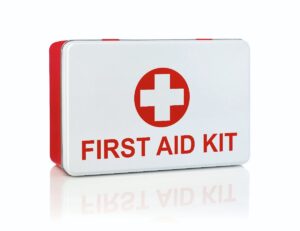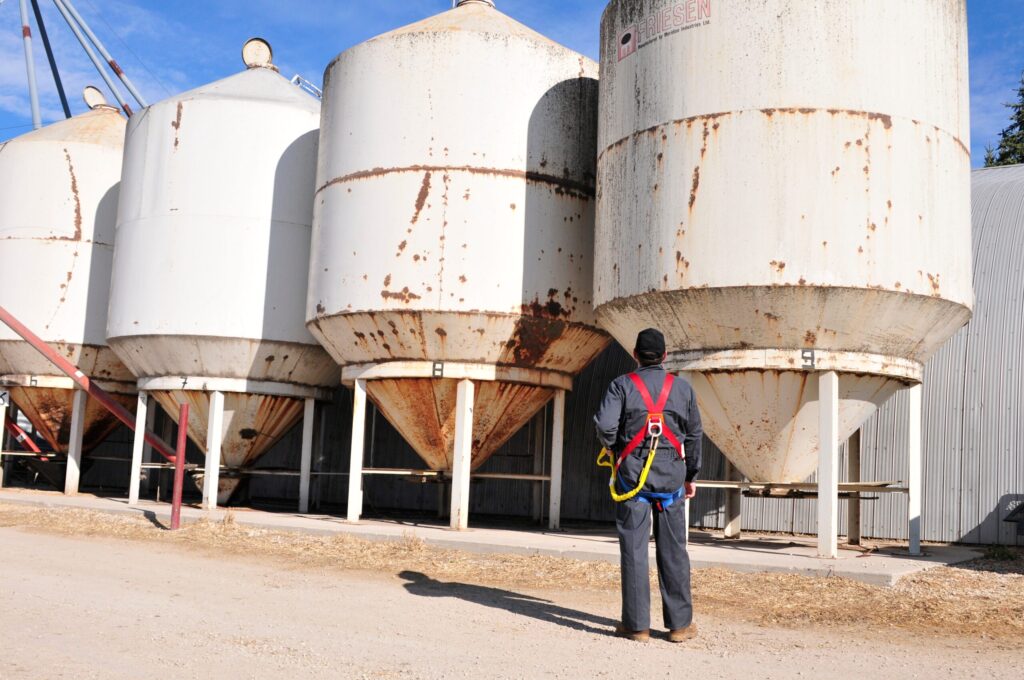
It’s Happening to Us

- It can occur at any age.
- It is progressive and permanent.
- Noise damage occurs quicker the louder the noise and slower when it is not as loud.
In addition to not hearing well, NIHL can impact your wellbeing in other ways. Examples include:
- Decreased sociability and increased frustration.
- Fatigue, such as that which results from constantly straining to hear things.
- Anxiety, depression and irritability.
- Stress and high blood pressure.
- Hyperacusis, where normal sounds seem unbearably loud, painful and/or frightening.
- Tinnitus, which is a ringing in your ears.
- Start by performing hazard assessments. You can also perform noise-specific hazard assessments.
- Assuming you don’t have hearing loss, you might assess the noise level by seeing if you can hear someone speaking at normal conversational level. You can also download apps onto your phone that will provide an approximate decibel level or purchase a handheld sound level meter.
- Take measures to eliminate or control the noise using the hierarchy of controls. Examples of these measures might include:
- Poorly maintained equipment can generate excessive amounts of noise; minor repairs and maintenance can drastically reduce noise levels.
- Noisy compressors can be isolated (i.e., placed in rooms or enclosures away from where people are working and lined with materials that further reduce the noise levels).
- The farm can put policies in place and provide both training and hearing protection to the people working on the farm who will be entering loud areas.
For more information on noise-induced hearing loss, check out the following resources:
University of Saskatchewan: “What Did You Say?” How to Prevent Noise Induced Hearing Loss in Agriculture
CCOHS – Noise Control Measures
CCOHS – Noise in the Canadian Workplace
CCOHS – Personal Protective Equipment Infographic

If you have farm-specific health and safety questions or require support relating to health and safety on your farm, please contact AgSafe Alberta at info@agsafeab.ca.
You may be eligible for onsite farm visits and up to 10 hours of advisor support at no cost!
BeGrainSafe Week is Aug. 12 – 18
BeGrainSafe Week is an initiative of the Canadian Agricultural Safety Association (CASA) that raises awareness about the dangers associated with grain. While grain entrapments typically come to mind, there are in reality many hazards associated with grain handing, storing, harvesting, etc.
For more information on BeGrainSafe Week and grain safety, visit the CASA website or click on the links below.
AgSafe Alberta Toolbox Talk: Harvest Safety Highlights
AgSafe Alberta Toolbox Talk: Entrapment and Engulfment in Grain Transport Vehicles
CASA Fact Sheet: Fusarium and Mycotoxins
Workplace First Aid eLearning Resource

Note: Part 11 First Aid of Alberta OHS Code does directly apply to Alberta farms and ranches at present. HOWEVER, the OHS Act does directly apply to farming and ranching operations, and it requires producers to take every reasonable effort to protect the health and safety of their employees. The OHS Code can help you do this.
The Alberta Occupational Health and Safety Workplace First Aid eLearning Resource introduces first aid requirements for Alberta workplaces. While we do our best to prevent incidents and injuries, things can still happen. This is why first aid is important, not just for emergency preparedness, but for when a health crisis (such as a heart attack) occurs.
Click HERE to get started.
Who is At Risk Working in Hot Temperatures?

- People need at least four to seven working days to get used to (acclimatize to) the hot temperatures, but it can take as long as three weeks for this to happen.
- Everyone is different; even some physically fit and healthy people may not fully acclimatize to the heat.
- Factors that may make it harder for someone to adapt to hot temperatures include:
- Being an older adult
- Being an infant or young child
- Having extra body weight
- Low fitness levels
- Poor general health
- Medical conditions that may increase someone’s risk of heat illness include:
- Heart disease
- Uncontrolled diabetes
- High blood pressure
- Respiratory disease
- Substances that may increase someone’s risk of heat illness include:
- Alcohol
- Cocaine
- Anaesthetics
- Morphine
- Cannabis
- Hypnotics; examples include benzodiazepines and barbiturates.
- Amphetamines; examples include Adderall®, Concerta®, Dexedrine®, Focalin®, Methylin®, Ritalin® and Vyvanse®.
- Anticholinergics; examples include diphenhydramine (Benadryl®), atropine and dicylomine.
- Psychotropic drugs; examples include aripiprazole, clozapine, risperidone and olanzapine.
Below are some helpful toolbox talks and other information to keep you and your farm team working safely this summer.
Who Is at Risk Working in Hot Temperatures?
Hydration and Heat Stress
Sun Safety Tips
Using the UV Index Scale
Health Canada’s Staying Healthy in the Heat Infographic
CONTACT US
For general inquiries: info@agasafeab.ca /403-219-
For our hotline for incidence assistance: 1-833-9AGSAFE

